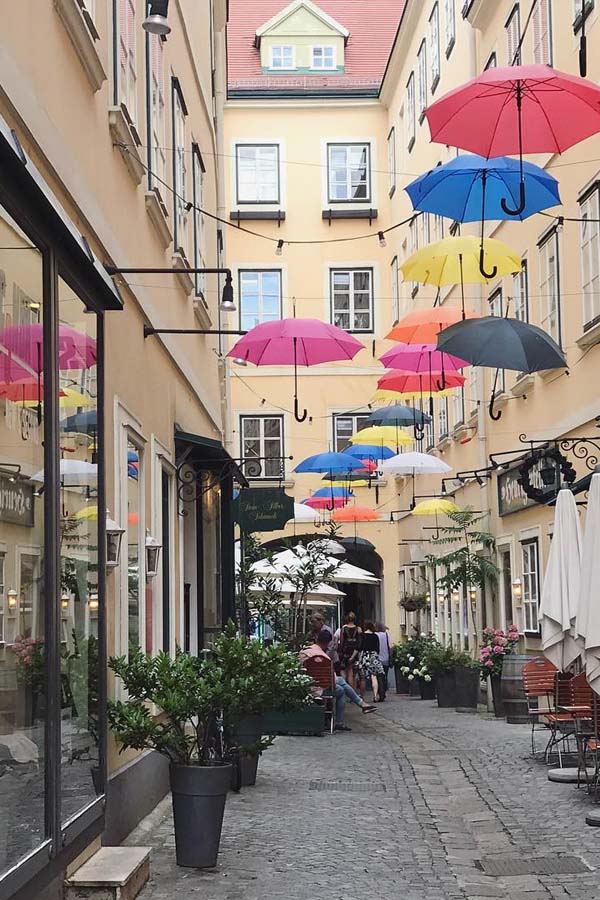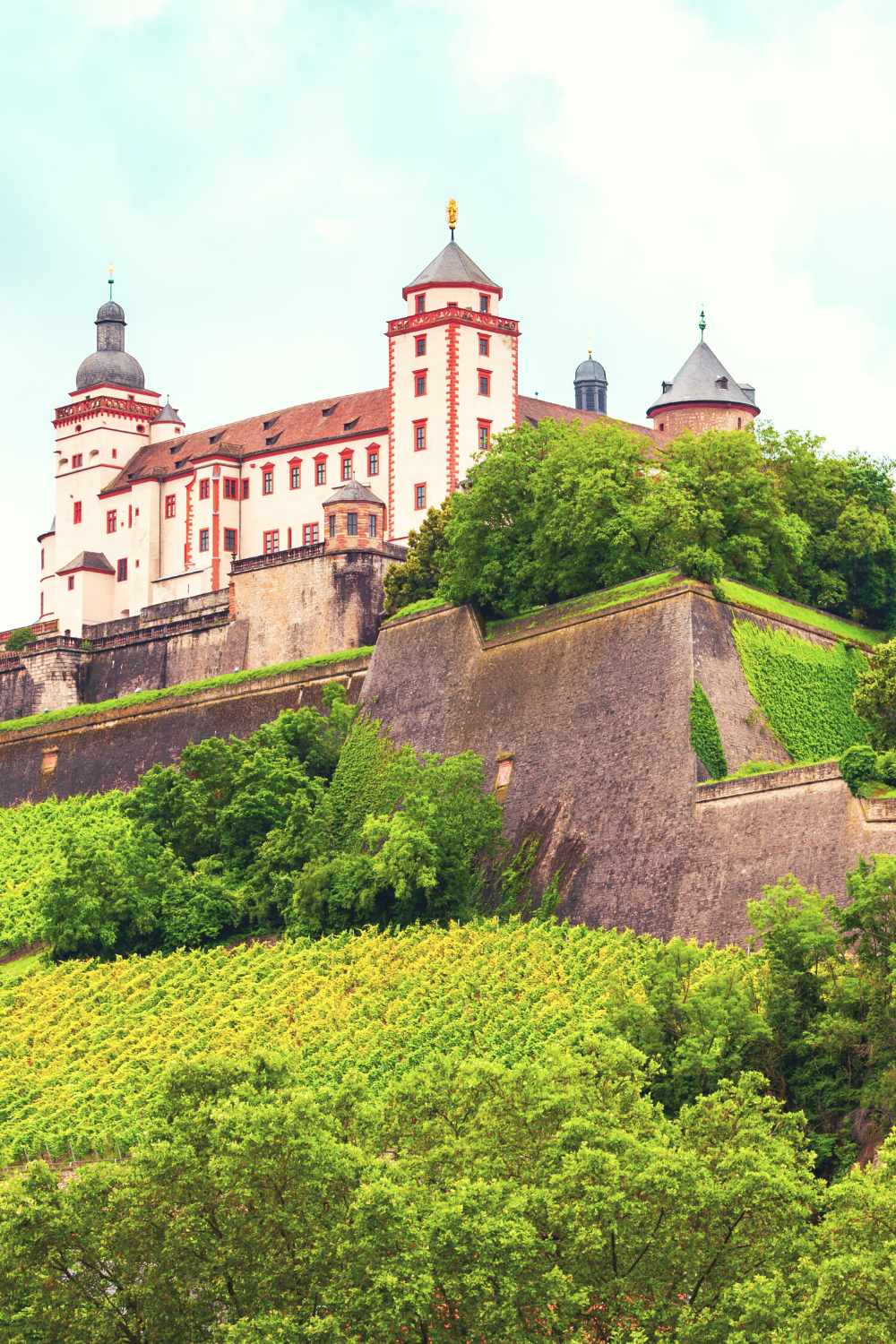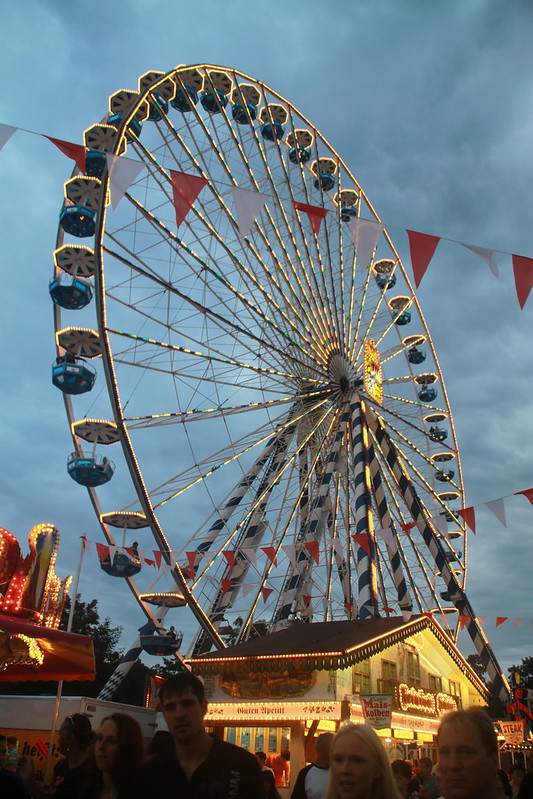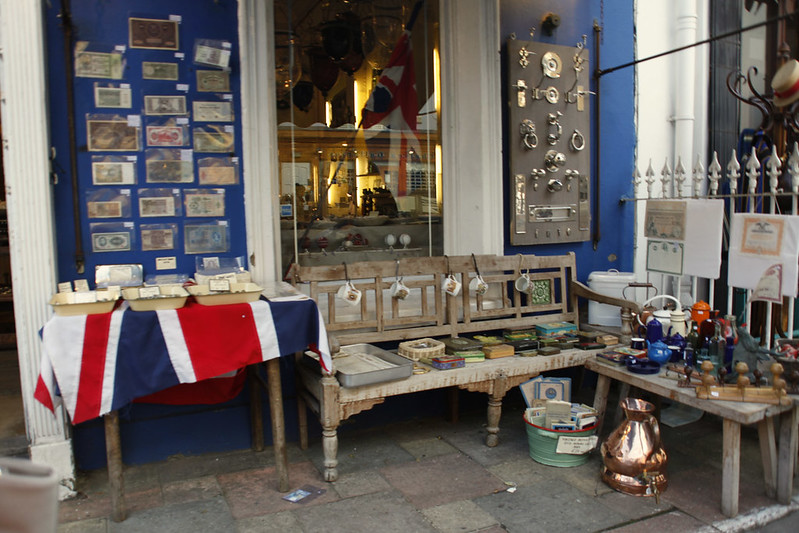
Some posts on our other blog, we mentioned about the musicians of Bremen having reminded of it by a statue at a children’s park in Fuerth. Click here in case you want to read it.
Was able to visit this German city a while back and as most of Germany, it is spotless. Bremen is one of the cities at the northwest of Germany and is an important hub as it is home to one of the major ports in Germany, by the river Weser. Bremen has a rich history that dates back over 1,200 years, making it one of Germany’s oldest cities. Its historical significance is evident in the well-preserved medieval architecture found throughout the city. The most iconic symbol of Bremen is the Bremen Roland, a statue of a medieval knight and a UNESCO World Heritage site, representing the city’s freedom and independence.
Table of Contents
Riverfront and Maritime History
Bremen is situated along the Weser River, and its maritime heritage is an essential part of its identity. The city has a historic harbor area, where visitors can find old sailing ships and maritime museums, providing insights into Bremen’s seafaring past.
Science and Space
Bremen is also renowned for its contributions to the aerospace industry and space exploration. It is home to the Airbus manufacturing facility and the OHB System, which plays a vital role in building and launching satellites. The Universum Science Center, a popular interactive science museum, further highlights the city’s dedication to technological advancement.
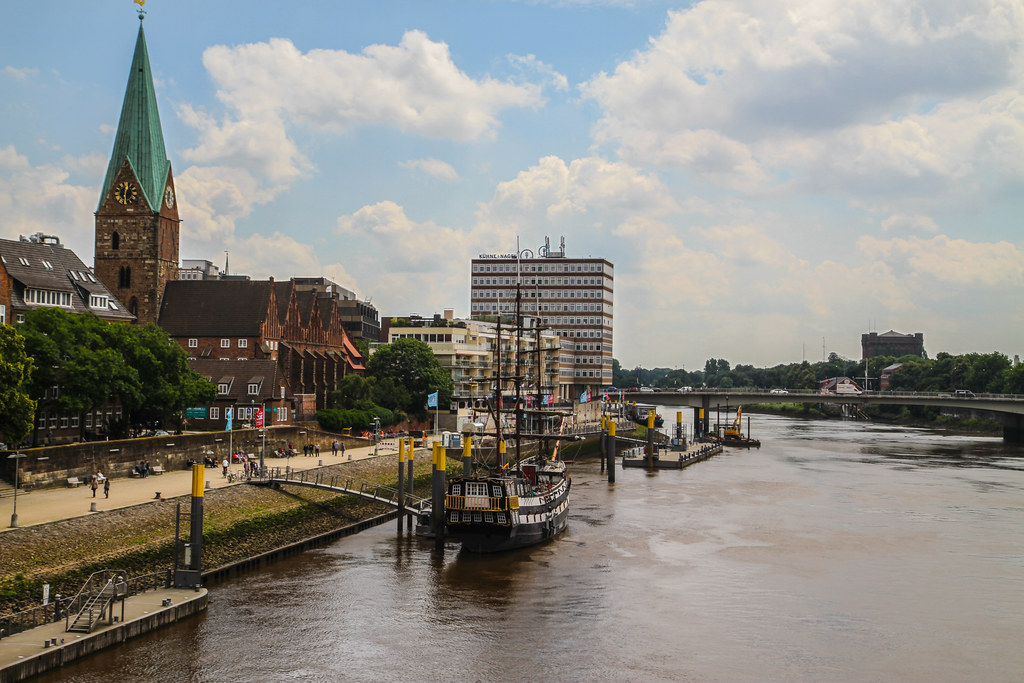
Cultural Scene
Bremen boasts a vibrant cultural scene with numerous theaters, art galleries, and museums. The Kunsthalle Bremen is a significant art museum housing an extensive collection of European paintings and sculptures. The city also hosts various cultural events, music festivals, and performances throughout the year.
Markets and Festivals
Bremen’s market squares, such as the Domshof and the Rathausplatz, are lively places where locals and visitors gather to enjoy events, markets, and open-air concerts. The Freimarkt, one of Germany’s oldest fairs, takes place annually in Bremen, attracting people from all over the country with its carnival rides, food stalls, and festive atmosphere.
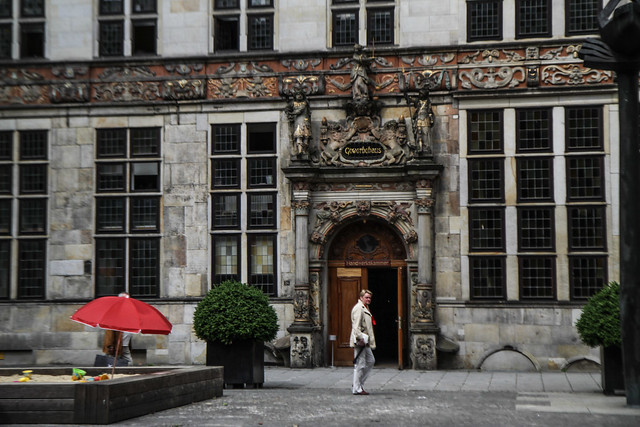
Local Cuisine
Bremen offers a diverse culinary scene, where visitors can savor traditional German dishes. The city’s waterfront location also means fresh seafood is readily available.
The city’s culinary scene showcases a mix of regional specialties and classic German cuisine. Here are some foods you should definitely try when in Bremen:
- Labskaus: This is a traditional sailor’s dish that originated in Northern Germany. It typically consists of mashed potatoes, corned beef or other meat, beetroot, and onions, topped with a fried egg and served with pickles or rollmops (pickled herring fillets). It’s a hearty and flavorful dish with a unique combination of ingredients.
- Knipp: Also known as Grützwurst, Knipp is a type of blood sausage made from groats (ground grains) and pork, including pork blood. It’s seasoned with onions, marjoram, and other spices, then boiled or steamed. Knipp is typically served with boiled potatoes and sauerkraut.
- Bremer Pinkel: Another traditional sausage from Bremen, Bremer Pinkel is a smoked sausage made with oatmeal, pork, and spices. It’s often served with kale during the winter months, as part of the famous dish Grünkohl mit Pinkel (kale with sausage).
- Klaben: This is a sweet and dense fruitcake that is a specialty of Bremen during the Christmas season. It is made with dried fruits, almonds, marzipan, and a blend of spices, giving it a rich and aromatic flavor.
- Bremer Ratskeller Specialties: If you visit the Ratskeller, the historic wine cellar in Bremen’s town hall, you can try a variety of local dishes. They offer a selection of fish, meats, and other regional specialties, making it a great place to sample Bremen’s traditional cuisine in a historic setting.
- Matjes: Bremen’s location near the North Sea means that you’ll find fresh fish dishes on many menus. Matjes is a type of herring that is young and mild in flavor, typically served with onions, pickles, and a creamy sauce. It’s a popular dish in coastal regions and is a must-try if you enjoy seafood.
- Weser River Fish: Along with Matjes, you may want to sample other fish dishes, such as smoked eel or plaice, which are common in Bremen due to its proximity to the Weser River and the North Sea.
- Bremer Babbeler: If you have a sweet tooth, look for Bremer Babbeler, a traditional candy from Bremen. These are hard candies with a sweet caramel flavor, often sold in decorative tins, making them a delightful souvenir.
When in Bremen, be sure to visit local restaurants, taverns, and markets to savor these traditional dishes and experience the city’s unique culinary heritage.
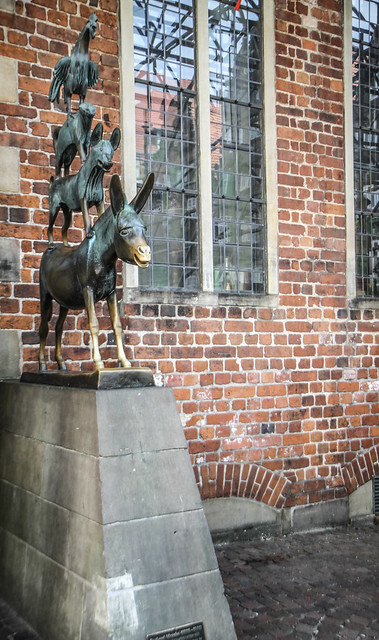 The Bremen Town Musicians
The Bremen Town Musicians
A famous symbol of the city is the “Bremen Town Musicians,” which is a bronze sculpture based on the Brothers Grimm fairytale. It depicts a donkey, a dog, a cat, and a rooster stacked on top of each other. According to the tale, they set out on a journey to Bremen to become musicians, and the statue has become a popular tourist attraction.
Here’s the story once again as popularized by the Brothers Grimm.
“Once upon a time, there were four animals living on separate farms, all feeling old and useless. The donkey had to work hard carrying heavy loads, the dog was no longer needed for hunting, the cat was no longer useful for catching mice, and the rooster’s crowing was considered bothersome. Feeling unappreciated and fearing they would be abandoned, they decide to leave their homes and set off together on a quest to become musicians in the city of Bremen.
As they travel through the woods, they come across a cottage occupied by a band of robbers. The animals realize that their combined noises might scare the robbers away and decide to give it a try. The donkey stands on its hind legs, the dog barks, the cat meows, and the rooster crows, creating a cacophony that terrifies the robbers.
The frightened robbers flee the cottage, leaving behind a table full of delicious food. The hungry animals feast on the stolen food and make themselves at home in the cottage. They decide not to go to Bremen after all but to live in the cottage together, as they realize they are happy and content in each other’s company.“
